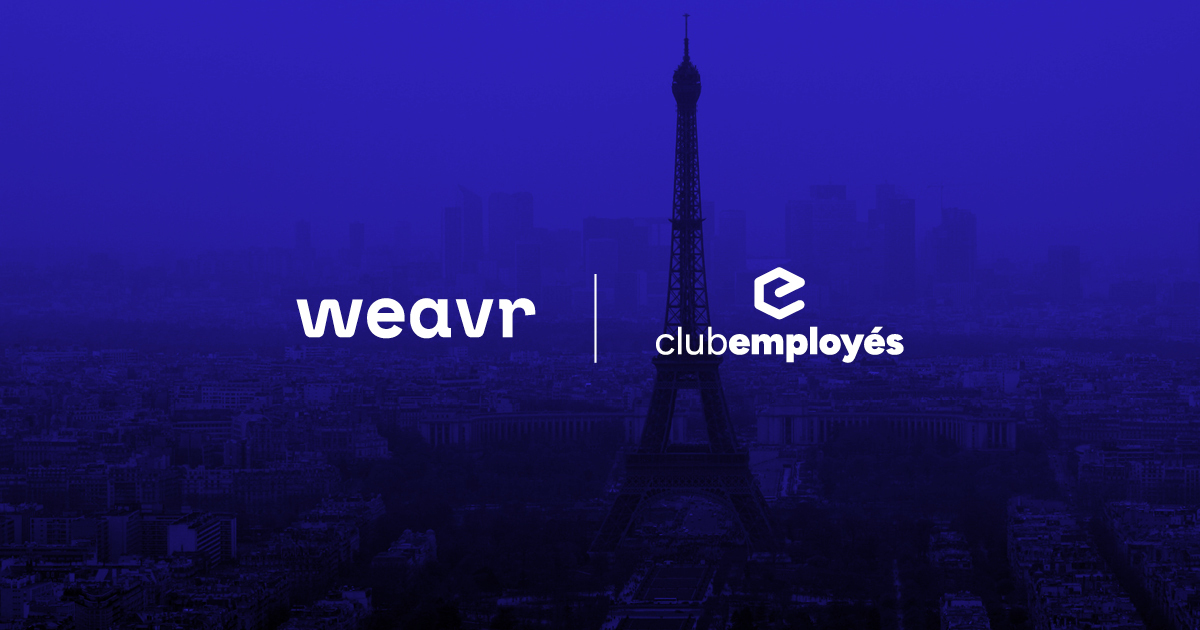London is a global cluster for digital business, and being based there we want to take advantage of connecting with start-ups and innovators in a direct and where possible one-to-one way. Where better to do this through the city many accelerators and coworking space.
We recently organised on such event at Barclays Rise in Shoreditch, on the theme of Building Digital Businesses in 2020 – Embedded Money Flows to explore the idea that digital businesses covering many areas not normally thought of as financial services are increasingly wrapping complex fintech solutions within them.
However, this being late March 2020, London turned out to be a cluster also for Covid-19 infections and in good tie before the formal government lockdown we changed the format into a webinar – not quite the intimate setting we were hoping for, but what can you do?
Although the idea of embedded fintech and ubiquitous finance has been emerging for some time, Angela Strange, Partner at Silicon Valley VC Andreeson Horowitz recently made it much more concrete by stating that: “Every company will be a fintech company”. If you haven’t watched here video, you can do so here.
Back to our webinar. We got two experienced founders of digital startups Moneyvault and Avasa, as well as one of our own founders at Weavr.io, to share their experience on embedding money flows in digital products.
‘Everything Digital’ is an uncontroversial description to an unstoppable transforming force across the world. Our panel discussed the ins and outs of building and running seamless digital experiences for their target markets, experiences in which money flows play an essential part and which must be woven into the experience rather than tagged on at the start or the end of an electronic process.
We’ll share the insights over this and future blogs. In this time when COVID-19 dominates the headlines and a great part of daily lives, digital life has become the lifeline we need to navigate, even survive, the isolation that comes with social distancing. A kind of watershed moment for ‘Everything Digital’ then, with fintech playing a cameo role.
A compelling digital experience starts with deep understanding of the value that digitizing brings to the targeted human activity – whether that’s finding a dream apartment or perhaps more topically for the present, helping out family and friends at a time of uncertainty, keeping the kids entertained while working from home. The digitized activity often involves exchange of value, or a commitment to do so in the future, but this comes naturally within a clear context.
So there is a case for saying that fintech works better in context, and in the background. But what sounds so obvious is hard to do in practice – and as our panellists illustrated with examples from their own businesses, the best we can do is to engage early and often with users, listen, adapt and iterate rather than seek perfection from the outset. Digital user experience tools are getting better all the time – Appcues and Userpilot were mentioned – but tools to design embedded payment flows are less developed and less accessible.
We’d love to have your own experience with weaving money flows within digital applications. What was the hardest part? What great tools have you found? Write to us at [email protected].




